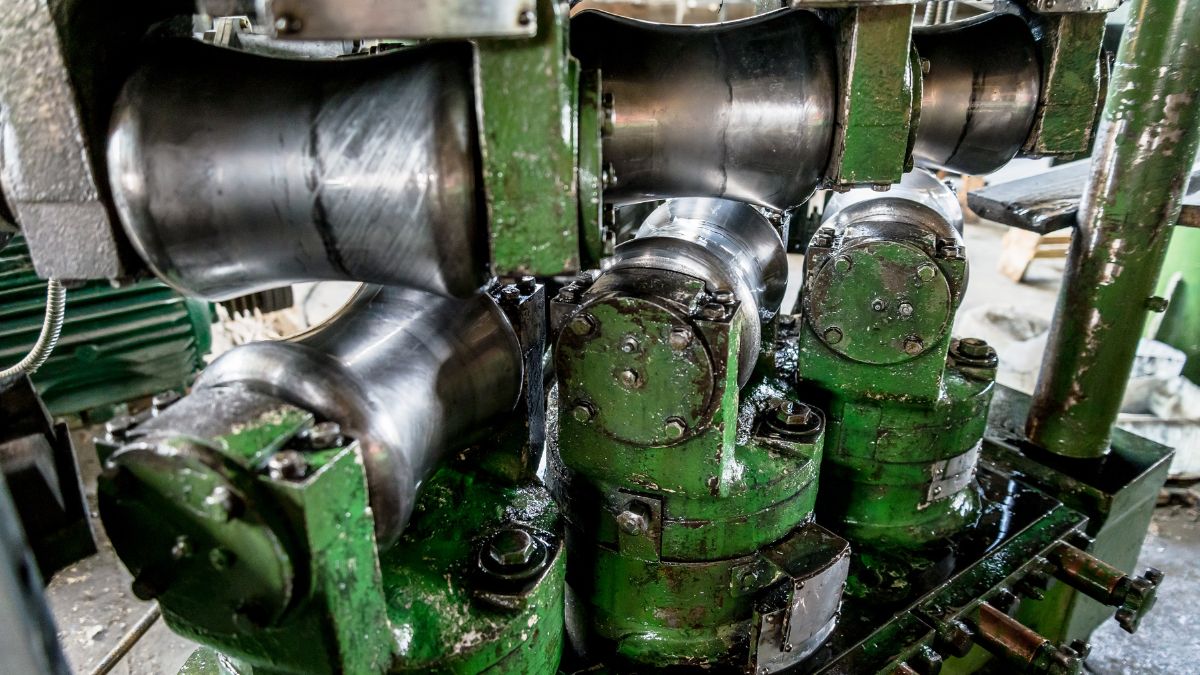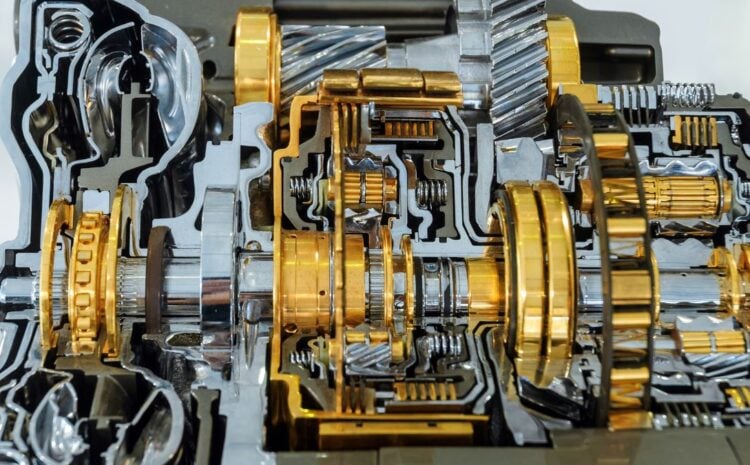An industrial extruder gearbox is a machine that transfers power from a motor to a screw, which pushes materials through a die to form them into desired shapes and sizes. Various industries widely use industrial extruders, such as plastic, rubber, food, and chemicals. However, like other machinery, they have a life cycle of different stages, such as installation, operation, maintenance, and replacement. In this article, we will explain the life cycle of an extruder gearbox and how to optimize its performance and durability.
Installation
The installation stage is the first and crucial stage of the life cycle of an extruder gearbox. It involves selecting the right gearbox for the application, mounting it properly on the extruder, and connecting it to the power source and the screw. The installation stage can affect the efficiency, reliability, and safety of the gearbox and the extruder.
Some of the factors to consider when installing an industrial extruder gearbox are:
A. Output Torque
This is the force the gearbox can deliver to the screw. It depends on the material properties, the screw diameter, the screw speed, and the die pressure. The gearbox should provide enough output torque to overcome the material’s resistance and ensure a smooth and consistent extrusion process.
B. Output Speed
This is the rotational speed of the screw. It depends on the desired production rate, the material properties, and the die design. The gearbox should be able to provide the optimal output speed for the application.
C. Gear Ratio
The gearbox’s input speed and output speed determine this ratio. It determines how much the gearbox reduces or increases the speed of the motor. The gearbox should have a suitable gear ratio for the application.
D. Efficiency
This percentage represents the power transmitted from the gearbox input to its output. It depends on the gears’ type, quality, design, and other components. The gearbox should be highly efficient to minimize power losses and maximize performance.
E. Durability
This is the ability of the gearbox to withstand wear and tear over time. It depends on the quality, material, and lubrication of the gears and other components. The gearbox should have a long service life and require minimal maintenance.
The installation stage also involves following the manufacturer’s instructions on installing and properly adjusting the gearbox. The gearbox should be aligned and balanced with the extruder and the motor to avoid vibration, noise, or damage. It should also be secured and mounted on a rigid, stable base to prevent movement, shifting, or tilting. The gearbox should also be connected and wired correctly to the power source and the screw to ensure safe and smooth operation.
Operation
The operation stage is the second and longest stage of the life cycle of an extruder gearbox. It involves running and controlling the gearbox and monitoring its performance and condition. The operation stage can affect the extrusion process’s quality, productivity, and profitability.
Some of the factors to consider when operating an industrial extruder gearbox are:
A. Load
This is the force applied to or generated by the gearbox during operation. It depends on material properties, screw speed, die pressure, etc. The load can vary depending on different operating conditions or cycles. The load should not exceed or fall below the rated capacity of the gearbox to avoid overloading, underloading, or overheating.
B. Temperature
This is the degree of heat produced or absorbed by the gearbox during operation. It depends on load, speed, efficiency, lubrication, system, etc. The temperature can affect the viscosity, friction, wear, and expansion of the gears and other components. The temperature should be maintained within the recommended range by the manufacturer. To ensure optimal performance and durability.
C. Lubrication
This is the application of oil or grease to reduce friction and wear between moving parts in a gearbox. Lubrication also helps to dissipate heat, prevent corrosion, and seal gaps. Regularly lubricate using a suitable type and amount of lubricant as specified by the manufacturer.
D. Vibration
This is the oscillation or movement of parts in a gearbox caused by external or internal forces. Vibration can indicate problems such as misalignment, imbalance, looseness, damage, etc., in a gearbox or its components. Vibration can also cause noise, wear, fatigue, or failure in a gearbox or its components. Proper installation, maintenance, and repair should minimize or eliminate vibration.
Maintenance
The maintenance stage is the third and essential stage of the life cycle of an industrial extruder gearbox. It involves inspecting, cleaning, lubricating, repairing, or replacing the gearbox or its components to prevent or correct problems and extend its service life. The maintenance stage can affect the gearbox and extruder’s availability, reliability, and safety.
Some of the factors to consider when maintaining an industrial extruder gearbox are:
A. Frequency
This is how often the gearbox or its components must be maintained. It depends on operating conditions, load, speed, temperature, etc. Follow the manufacturer’s recommendations or use a condition-based monitoring system to determine the frequency, detecting signs of deterioration or malfunction in a gearbox or its components.
B. Procedure
This is how the gearbox or its components are maintained. It involves following the manufacturer’s instructions or using a standard operating procedure that outlines the steps, tools, and precautions for performing maintenance tasks. Follow the procedure carefully and accurately to prevent errors, accidents, or injuries.
C. Quality
How well the gearbox or its components are maintained? It involves using high-quality parts, lubricants, and tools compatible with the gearbox and its components. It also involves checking and testing the gearbox and its components after maintenance to ensure proper functioning and performance.
Replacement
The replacement stage is the final and inevitable stage of the life cycle of an extruder gearbox. It involves removing and disposing of the old gearbox and installing a new one. The replacement stage can affect the extrusion process’s cost, downtime, and efficiency.
Some of the factors to consider when replacing an industrial extruder gearbox are:
A. Timing
This is when the gearbox needs to be replaced. It depends on the gearbox’s age, wear, damage, performance, etc. Use a life cycle analysis to determine the timing, estimating the gearbox’s remaining useful life based on its condition and performance.
B. Selection
This is the type of gearbox to replace it with. It depends on factors such as application, specifications, features, etc., of the new gearbox. Compare different options and select the best one that meets or exceeds the application’s requirements and expectations.
C. Installation
This is how to replace the old gearbox with the new one. It involves following the manufacturer’s instructions or using a qualified technician to perform the replacement safely and correctly.
Conclusion
An industrial extruder gearbox is a vital part of any extrusion process, and it has a life cycle that consists of different stages, such as installation, operation, maintenance, and replacement. By understanding and optimizing each life cycle stage, you can improve the performance and durability of your industrial extruder gearbox and achieve your desired results.



